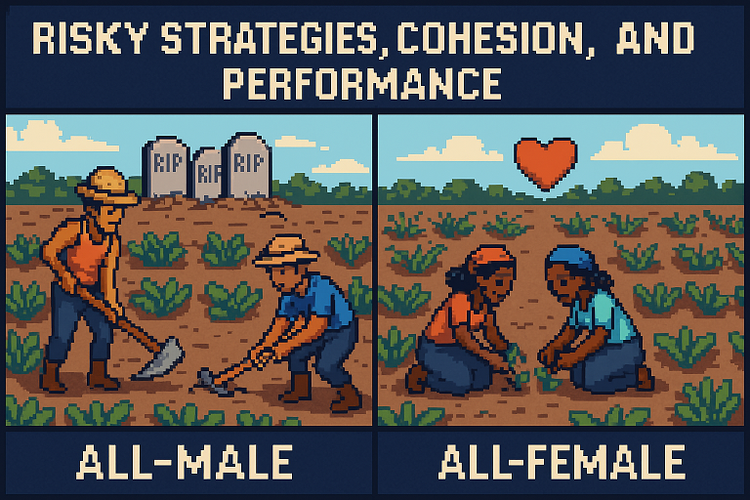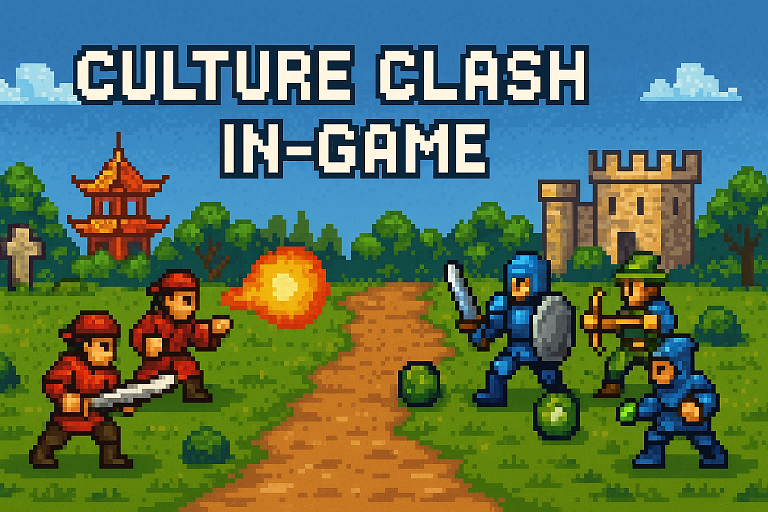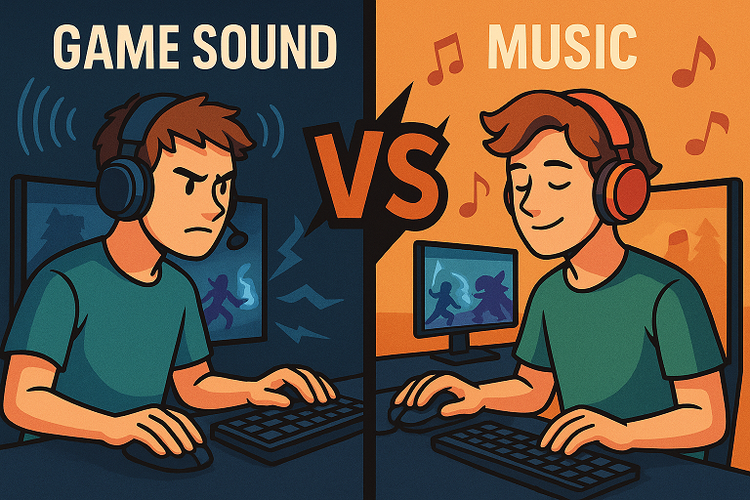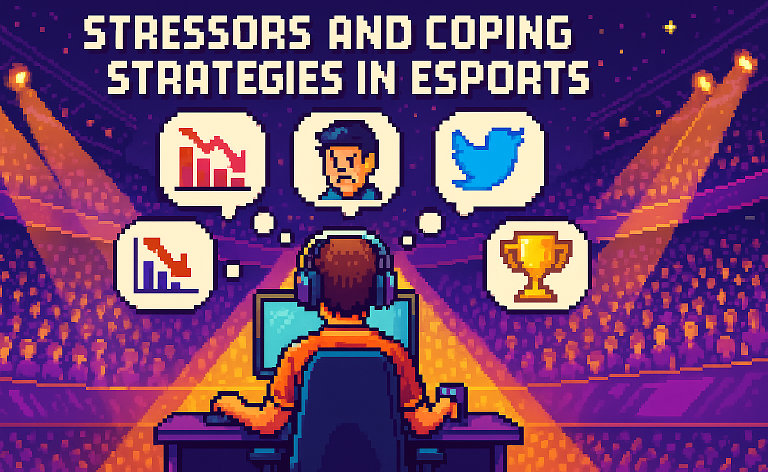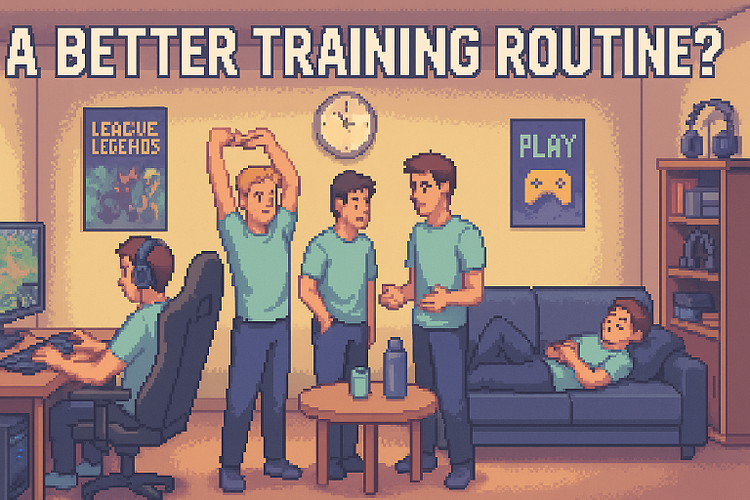Playing as a Job – Career of Professional Esports Players - a Critical Review
We discuss job career development of professional video game (esports) players; the pros and cons, and how to become one.
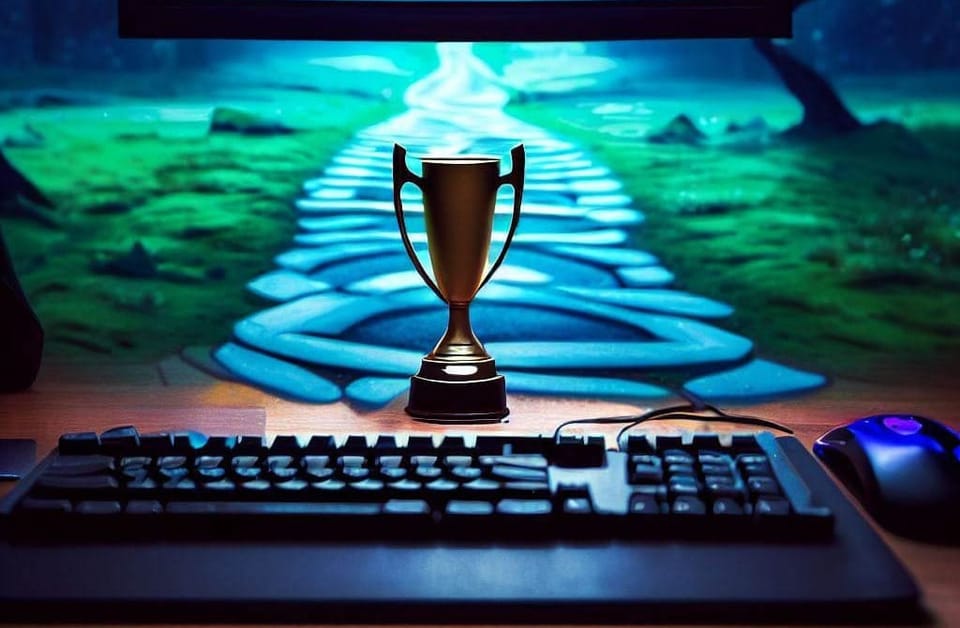
Hello folks,
Today’s episode concludes our investigation of the career development of professional Esports players. It will be a critical review of the pros and cons of pursuing the path of (becoming) a progamer. From what we’ve learned in episode one and two, I will dive into the questions of what young players should consider when they decide to give going pro a shot, and how “all-in” they should go.
Today’s episode concludes our investigation of the career development of professional Esports players. It will be a critical review of the pros and cons of pursuing the path of (becoming) a progamer. From what we’ve learned in episode one and two, I will dive into the questions of what young players should consider when they decide to give going pro a shot, and how “all-in” they should go.
👶 Starting Young & the limited Time Frame
As we have seen, most players got in contact with playing video games at an early age. Their parents bought them a PC or console. Today, you also need a good internet connection to be able to play against other players instead of just your family and friends. This is a huge advancement because one gets exposed to players with different skill levels as well as strategies and ways to think about the game. There are also additional sources such as forums and chat channels to communicate with others about the game(s).
Starting young is particularly important because a progamer’s career length is very much limited – similar to traditional sports. Once players are in their mid to late 20s (latest early 30s), hand-eye coordination gets significantly worse, making it harder for them to keep playing on a high level.
Time pressure has another aspect in it. You can play a lot for fun, but actually playing – you could say “working” or training in a sense – to improve is different. Grinding games is different than taking the time to think about why you lost a game, what aspects of the game one should improve in, or refining tactics. The earlier someone starts, the steeper the learning curve, and the higher a player’s chance to become a professional player.
👪 Family and organizational Support
Another crucial aspect we have learned about in the last two episodes was the support structure. If you grow up in a culture or family that holds traditional values, those around you will most likely not support your idea of playing video games for a living. Pursuing a traditional career path is still what most parents have in mind for their children – and fairly so.
When a player joins a team, it’s the organization’s job to make sure that their players get all the support they need to unleash their full potential. For a competitive organization (in a traditional Esports sense), the players are their most valuable assets. Last weekend at IEM Cologne, they had an interview with “flame”. When he was asked about how it is being in team “vitality” he said:
"It's not just the CS [Counter-Strike] I'm improving in. It's a lot outside; social skills, mental health, physical health - which is very important and very valuable. They provide all those things, and all the support that you need."
💪 Health – you can be good at the Game without it, but you can’t achieve Greatness!
Vitality understands that without players being healthy, they can’t perform their best. This is what the majority of players seem to miss. Especially young players sacrifice time outside of gaming, enough sleep, proper nutrition, working out and other health improving factors to sit in front of the screen and grind all day.
Grinding games only get you so far for two reasons: one, playing another game only teaches you so much. So there is a point where playing one additional game is not worth it, but working on your mental and physical health is. Two, analyzing replays, strategizing, talking to other players, working on mechanics etc. becomes much more valuable. If you follow StarCraft II for a few years you may remember that (korean) players tended to play for up to 18h a day. Once a proper organizational support structure was in place, they quickly realized that continuing this wasn’t worth it. As a result, no one is really doing it anymore.
Another aspect is injuries. Playing video games all day is very taxing on the body – shoulder, neck, and wrist pain are common among players due to their job (sitting all day, bad posture, and no physical compensation). Don’t wear out your body (too fast). If you do, your career ambitions might be over before they even begun.
📶 Evaluating one’s Progress
Evaluating one’s progress is important. If you get stuck at a certain level, investigating the reasons should be on top of the list for every player. One thing that seems to appear over and over again (from my personal experience) is that players don’t realize that playing video games on the highest level just isn’t for them.
Humans aren’t blank slates – they are not mental and physical equals. Not everyone can reach the same rank with the same amount of practice. Some people just don’t have what it takes to be part of the 0.0003%. And that’s ok. Mental, physical, environmental and other restraints may put a limit to a player’s ambitions and dreams. If players don’t have the cognitive capacity (IQ), hand-eye coordination, visual information processing, reaction time, right support, personality and so on, they cannot reach the top. Realizing you have reached a wall you cannot overcome is important.
🏆 The 0.0003%
When I was talking about being part of the 0.0003%, I actually meant it. I was doing some quick math, calculating the average player count of CS:GO since 2016 (which was about 587,000) and the average earning of CS players from Esportsearnings. Around position 175 in the list of the highest earnings CS:GO players of all time is the cut off. That’s about the same as making minimum wage in Germany. Let that sink in! (Before you get at me, I know there are other factors to take into account like salary etc., but it gives you an idea). Also, the top 500th player only made 50k overall in his career.
In the picture below, I plotted the graphs for the top 500 DotA 2, Counter-Strike, and League of Legends players and their respective prize money winnings. Those are some power distributions if I have ever seen some, and you'll find those in pretty much every domain there is - sports, music... you name it.
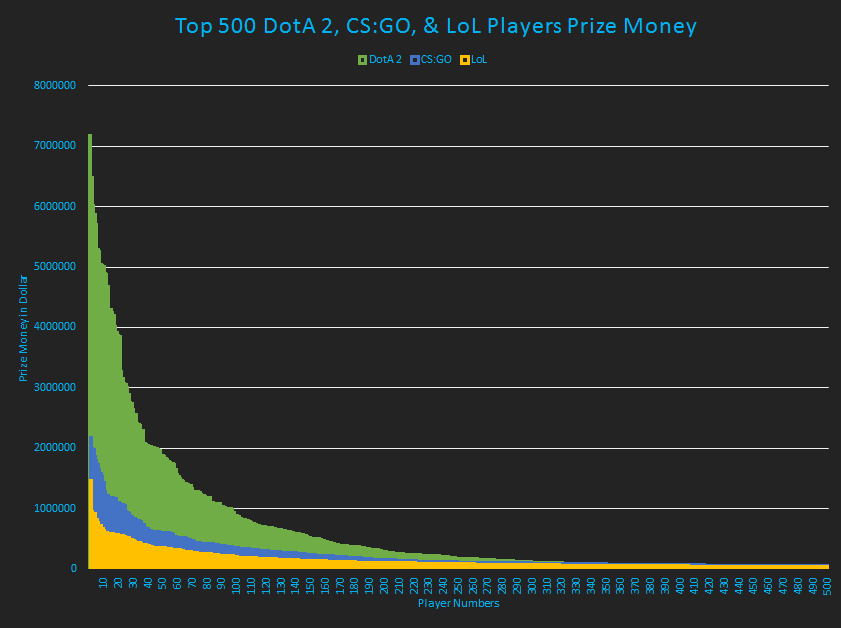
As you can probably imagine, the chances of an aspiring young player to become a CS:GO pro are slimmer than Slim Shady. Any rational human being would not even try. However, people do, especially after finishing high school. They’ve been playing for years while still going to school and then give going pro a shot. Others drop out of school to go full time, others continue going to school or college. The majority of them with limited results. The top 0.0003% are “all-in”.
🗝️ Resilience is Key
Factors such as traveling (flying around the globe dozens of times per year, being jet-lagged over and over again…), competing (often till late at night, stress, anxiety, exhaustion etc.), or constant pressure (to deliver, compete, train, money and so on) cover just a fraction of negative aspects we know players may experience.
In order to be able to live such a lifestyle for a long time, one has to be resilient enough to withstand the negative aspects and deal with them mentally and physically. Again, most individuals are probably not made for this kind of lifestyle, further limiting the quantity of players that will stay on top of the international ranks.
🎰 Don’t go “all-in” – Rush (Plan) B
When professional players get older, their experience doesn’t compensate for the lack of physical performance (processing visual information, speed, accuracy, etc.). At that point, they fall off and have to transition. Some stay in the industry, becoming coaches, commentators, content creators, or found their own organizations.
When a player starts developing his Esports career and forgoes education, he also faces the problem that Esports skills transfer very badly. The skills needed to be a professional player aren't really valuable outside the gaming industry – “regular jobs”. When they retire, they are behind the average person when it comes to traditional working skills and work experience.
What about the average Esports player? Most disappear after a few months or years, realizing progaming isn’t for them, or never make it big. They go back to school or get a nine-to-five job. Though they are still behind their peers, it’s not as bad when you’re 21 than when you’re 30.
The older you get, the less potential you have within you.
💡 I bet everyone who plays video games had the thought of going pro at least once in their life. Some try; most of them fail and transition out of it. Only a small minority makes it to a point where they can sustain themselves.
Those who are professional players face tremendous pressure (mentally and physically). Hence, it is of utmost importance that young players and parents know about their chances as well as the risks that come with it.
As for similar domains in life, those who are high up in hierarchies are those who outdid the other 99.99%.
Wish you all an amazing week.
Christian 🙃
Join over 250+ (🤯) Gaming Science subscribers and become smarter every week.
"I love this type of content, thank you Chris."

